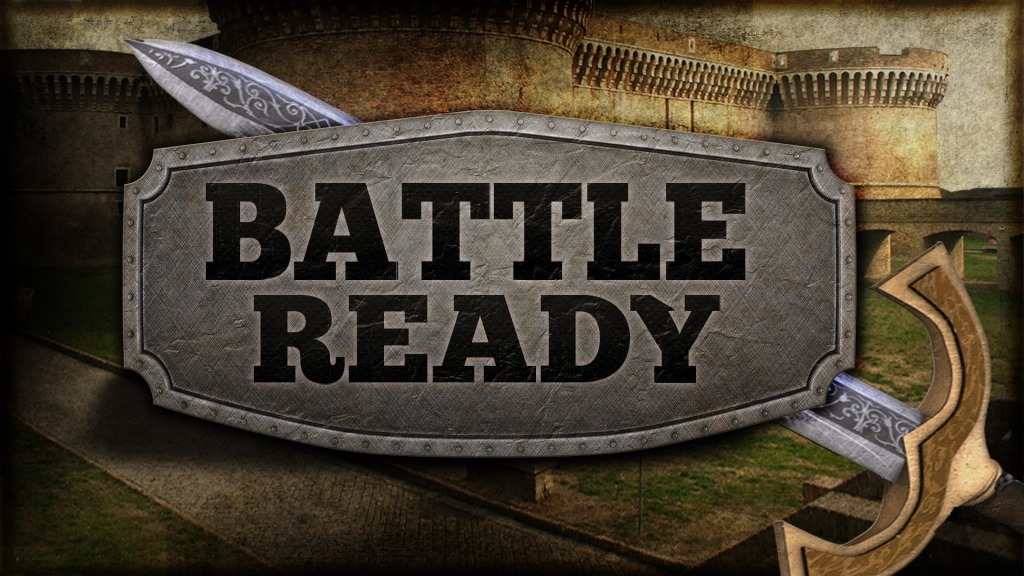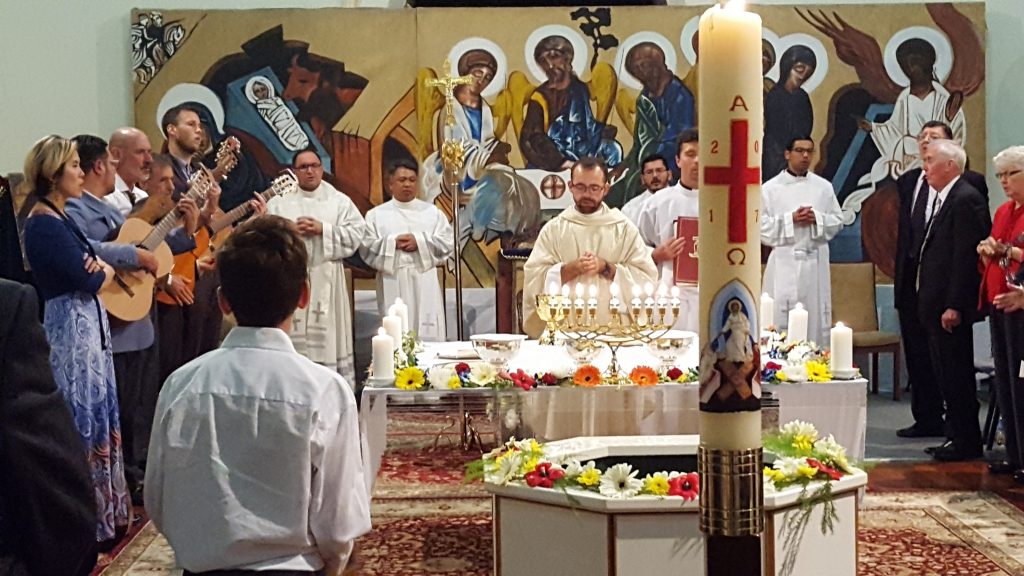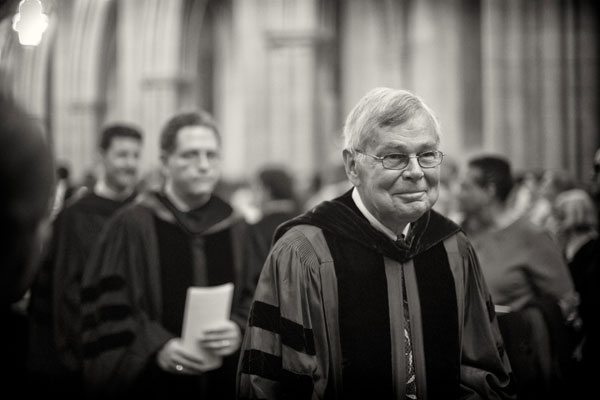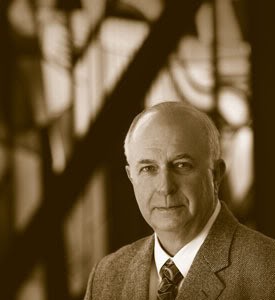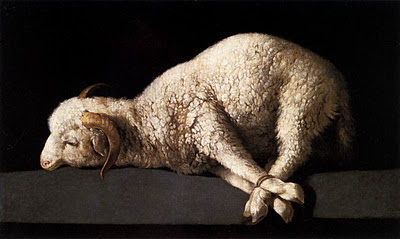 The more I read of Anthony Thiselton’s The Hermeneutics of Doctrine the more I appreciate it. His three chapters on the atoning work of Jesus and the interpretation of the cross provide additional cause for appreciation. The first chapter is inelegantly titled “Hermeneutics and Linguistic Currencies of Theologies of the Cross,” with Thiselton developing a quite simple analogy and making a quite straight-forward point. The analogy: “In financial currency-markets hard currencies are those that do not readily fluctuate with time or with changing conditions in other economies” (320). The point: biblical language is like a hard currency; it must be understood against the historical-linguistic contexts in which it emerged, but holds its value in the face of different contexts and “economies.” He cites Wolfhart Pannenberg with approval and emphasis:
The more I read of Anthony Thiselton’s The Hermeneutics of Doctrine the more I appreciate it. His three chapters on the atoning work of Jesus and the interpretation of the cross provide additional cause for appreciation. The first chapter is inelegantly titled “Hermeneutics and Linguistic Currencies of Theologies of the Cross,” with Thiselton developing a quite simple analogy and making a quite straight-forward point. The analogy: “In financial currency-markets hard currencies are those that do not readily fluctuate with time or with changing conditions in other economies” (320). The point: biblical language is like a hard currency; it must be understood against the historical-linguistic contexts in which it emerged, but holds its value in the face of different contexts and “economies.” He cites Wolfhart Pannenberg with approval and emphasis:
The fact that a later age may find it hard to understand traditional ideas is not sufficient reason for replacing them. It simply shows how necessary it is to open up these ideas to later generations by interpretation, and thus keep their meaning alive. The problems that people have with ideas like expiation and representation (or substitution) in our secularized age rest less on any lack of forcefulness in the traditional terms than on the fact that those who are competent to interpret them do not explain their context with sufficient forcefulness or clarity (Pannenberg, Systematic Theology 2:422; cited Thiselton, 312).
The chapter progresses in four moves. First, Thiselton argues that Christian interpretation and proclamation of the cross must begin with two interpretive horizons in view. First, the interpreter must deal with human pre-understandings, those points of contact in common human experience which may function as a bridge to understanding doctrinal truth. Second, the interpreter must deal with the subject matter itself in its own historical-linguistic context. He illustrates this opening contention with three examples.
The first concerns the so-called “New Perspective on Paul.” Thiselton suggests that while the jury is still out with respect to the best way to understand the nature of first-century Judaism, and so also Paul’s doctrine of justification (the second horizon), the old perspective at least has the advantage of linking the work of the cross to the experience of the human condition and plight (the first horizon). That is, “a human experience of struggle, guilt, or alienation from God” is “ingredient in the revelation of the self in relation to God” (315), an experience addressed by the cross of Christ. In a pointed conclusion Thiselton writes,
We cannot exclude a horizon of understanding, then, that responds to questions about human plight in terms of the saving work of Christ. While Sanders’ work invites respect in exploring a horizon of understanding in the second sense, its validity is by no means self-evident or beyond criticism, and Käsemann rightly warns us that if we press such approaches, we may end up replacing Paul’s core concerns about justification by grace with issues of ecclesiology (316).
Far more important for Thiselton is his insistence that any discussion of atonement theology must begin with the New Testament emphasis on the grace of God. As such, we understand the atonement best not by starting with ideas of human fallenness or divine wrath and judgement, but with the love of God toward humanity. Further, objections to atonement must likewise deal with Old and New Testament contexts of the teaching.
Finally Thiselton notes that the variety of metaphors and images used in the New Testament to describe the work of Christ all provide horizons of meaning and points of access for understanding that work.
In the next two sections of the chapter Thiselton explores the “hard currencies” of the biblical language for redemption, salvation, reconciliation, and mediation. He insists that these terms must be understood against their Old Testament usage, with an eye, consequently, to the way in which they are modified in the New Testament. This usage then provides the initial hermeneutical horizon within which the meaning of these terms is to be understood.
Thus in his discussion of redemption, he notes that the term “usually denotes transference from a state of bondage or jeopardy to a state of well-being by a costly act” (321). In the Old Testament the pre-eminent symbol of this work is the exodus with its themes of political and social liberation.
In very broad terms the Exodus paradigm remains a founding model for a horizon of understanding within which to perceive the meaning of redeem and redemption. However, the New Testament writers qualify the salvific model with a sociological one. This is the model of release from slavery to an oppressive master to the lordship of a new master or Kurios. … The transaction in Paul’s theology involved a price not for freedom but for change of ownership (322).
Hopefully the theological, pastoral and homiletical implications of that final sentence are clear. Christian salvation involves not liberation in an abstract sense so that now one is free of all limitation, restraint, authority, and responsibility. Rather, it is liberation from an oppressive master to become dependent upon and responsible to a new Lord.
Although there is no explicit linguistic background in the Old Testament to the language of reconciliation and mediation, Thiselton argues that the New Testament imagery is grounded in and develops ideas and images present there.
The final section of the chapter returns to the fact that the New Testament uses multiple concepts and images when discussing Christ’s saving work on the cross. Again his point is simple: these multiple approaches to understanding the work of the cross serve as models and qualifiers. That is, each of them communicates an aspect of the truth, and so they also complement and condition each other, as well as provide imaginative avenues for appropriating and participating in the work of the cross (331). Thus Thiselton discusses the work of the cross utilising ideas of sacrifice, forensic approaches, Jesus’ obedience, and the theme of victory. Of particular interest in this series of blog posts is his comment with respect to forensic approaches:
Some writers concede that it is legitimate to speak of substitution in these two passages, but reject the traditional Reformation term penal substitution. Yet…the cross and crucifixion belong to the conceptual domain of punishment for crimes. The antipathy toward using penal is understandable if or when this one aspect is overpressed, as if no other concept qualified it. Equally the term penal substitution becomes misleading if it is abstracted from its proper hermeneutical horizon of divine grace as an overarching understanding. Vincent Taylor judiciously observes, “Everyone desires a better word than penal, but until we find it we ought not to abandon it [simply] because it has been used in ways that revolt the conscience…” (334).
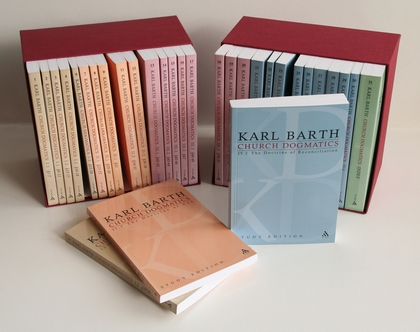
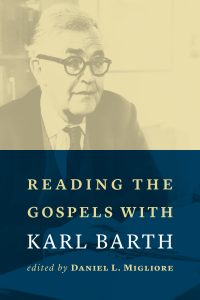
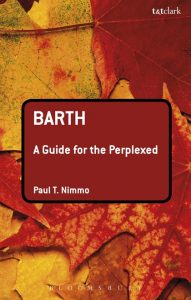 A week or two ago Paul Nimmo’s new introduction to Karl Barth arrived. Nimmo is a prominent younger Barth scholar, who I had the privilege of meeting briefly last year at the Barth Conference. (I also got to meet both Migliore and Guretzki at the same Conference!)
A week or two ago Paul Nimmo’s new introduction to Karl Barth arrived. Nimmo is a prominent younger Barth scholar, who I had the privilege of meeting briefly last year at the Barth Conference. (I also got to meet both Migliore and Guretzki at the same Conference!)
